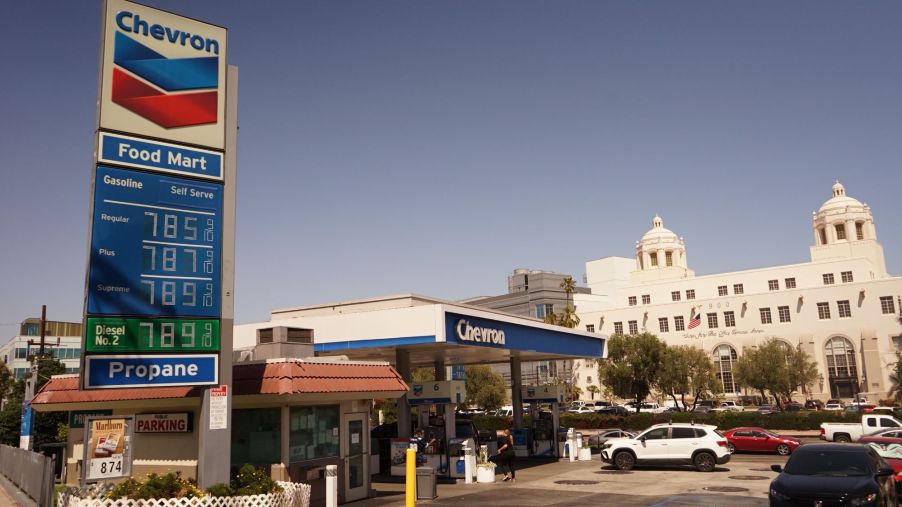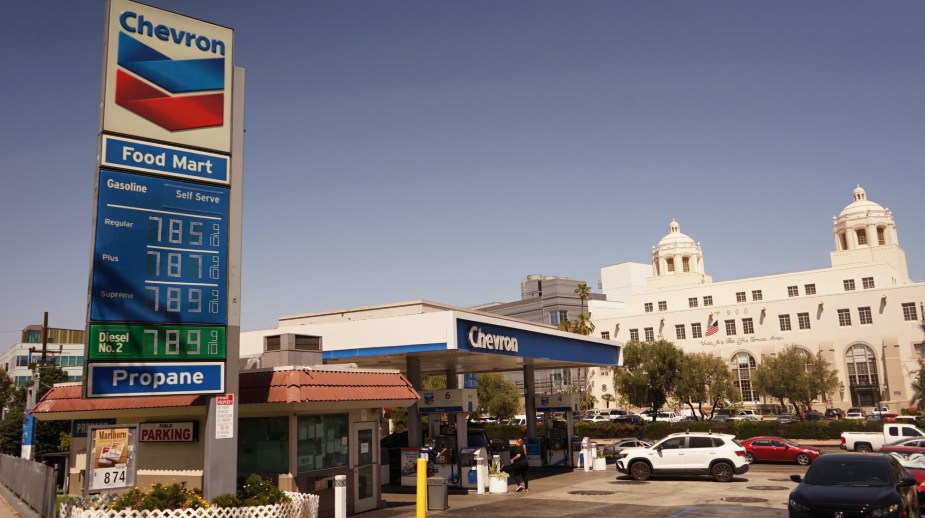
Why Are Gas Prices So High in 2022?
When most people owned a Ford Model T, Americans could fill their tank for $0.21 a gallon back in the day—adjusted for inflation, that comes to around $2.41. So, why are gas prices so high in 2022? Is it the president’s fault? If not, who’s to blame?
Gasoline prices are at an all-time high

According to GasBuddy, the average cost in June 2022 for a gallon of gas ranged from $4.16 in Georgia to $6.19 in California. Four months ago, when the national average for a single gallon of gas was $3.44, Money magazine noted that fuel prices had been steadily rising for six weeks in a row, and the upward trend was likely to continue.
Who controls the price of gasoline in the United States?
When it comes to the price of gas, the primary cost controller is a what, not a who. According to business forecasters and financial advisors at Kiplinger, the number one factor affecting current petrol prices is coronavirus (COVID-19).
When COVID-19 made its first appearance in 2019, it massively impacted global oil demand. Initially, as people who formerly commuted to work started staying at home, crude oil prices plummeted. In fact, benchmark West Texas Intermediate crude prices fell to less than zero. Typically, this would seem impossible, explained Kiplinger, but the global pandemic and COVID-19 restrictions changed practically everything about the way Americans consume fuel.
The price of a barrel of crude oil remained relatively low throughout 2020. Travel restrictions led to a surplus of crude oil and a shortage of places to store crude oil. Major oil exporters, including those part of the Organization of the Petroleum Exporting Countries, or OPEC, severely reduced fuel production because they did not want to “give away” crude oil at rock-bottom prices.
In 2022, U.S. demand for crude oil and gasoline started edging back to pre-pandemic levels, but production is not keeping up. OPEC countries such as Iran, Iraq, Kuwait, Saudi Arabia, and Venezuela are gradually increasing oil exports that were severely limited during the height of the pandemic. In the United States, oil production is nowhere near the level it was in 2019.
Kiplinger explains that current less-than-normal U.S. oil reserves is due in part to several energy companies failing to boost production so their stockholders and investors don’t lose the fat dividends to which they became accustomed to in 2021.
Production is more complex to reboot than consumption when it comes to oil. Oil wells that have been shut down are not easy to restart, and drilling new wells take time. These and unbalanced supply and demand are reasons why oil and gas prices inched upward throughout 2021.
The price you pay at the pump in 2022 can also be directly attributed to another factor: The war in Ukraine and subsequent sanctions imposed by countries that relied on Russian oil.
Before their invasion of neighboring Ukraine, Russia provided the world with roughly 10% of its crude oil requirements. Russian oil production ranked third globally, right behind the United States and Saudi Arabia.
According to Comply Advantage, sanctions, like those imposed against Russia by the U.S. and the European Union (EU), are meant to address a troubling situation, such as the current invasion of Ukraine, with a financial fight instead of physical confrontation.
Combined with numerous western energy companies that opted to shun Russian oil sales, these economic sanctions sent the price of a single barrel of crude oil skyrocketing to more than $100.
Is President Biden to blame, and will gas prices go back down anytime soon?
American inflation was already happening by the time Joe Biden was elected, and it was not unlike the inflation that rocked America in 2008, when George W. Bush was president. When President Biden enacted sanctions on Russia in response to their invasion of Ukraine, he became partly to blame for the sky-high fuel prices we see today. However, the gas price problem is totally beyond his control.
As far as the forecast for gas prices goes, you might want to hold onto your hat. On May 24, station WHIO-TV7 out of Dayton, Ohio, reported fuel costs at around $4.40 per gallon and said prices are not likely to go down anytime soon.
Cedarville University economics professor, Jeff Haymond, told WHOI-TV he was sorry he didn’t have better news for people struggling with gas prices, stating, “One of the things economists like to say is the cure for high prices is high prices. And what we mean by that is the high prices do eventually cause the incentive for people get out and create more energy.”
GasBuddy petroleum analyst Patrick DeHaan told WHOI-TV that gas prices will probably “fall at some point” and that future point could be “two or three years down the line,” adding, “I think we’ll be stuck in the $4.00 a gallon range most of the summer unless there’s an economic slowdown or improvement in the situation between Russia and Ukraine.”


